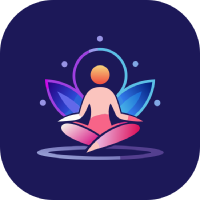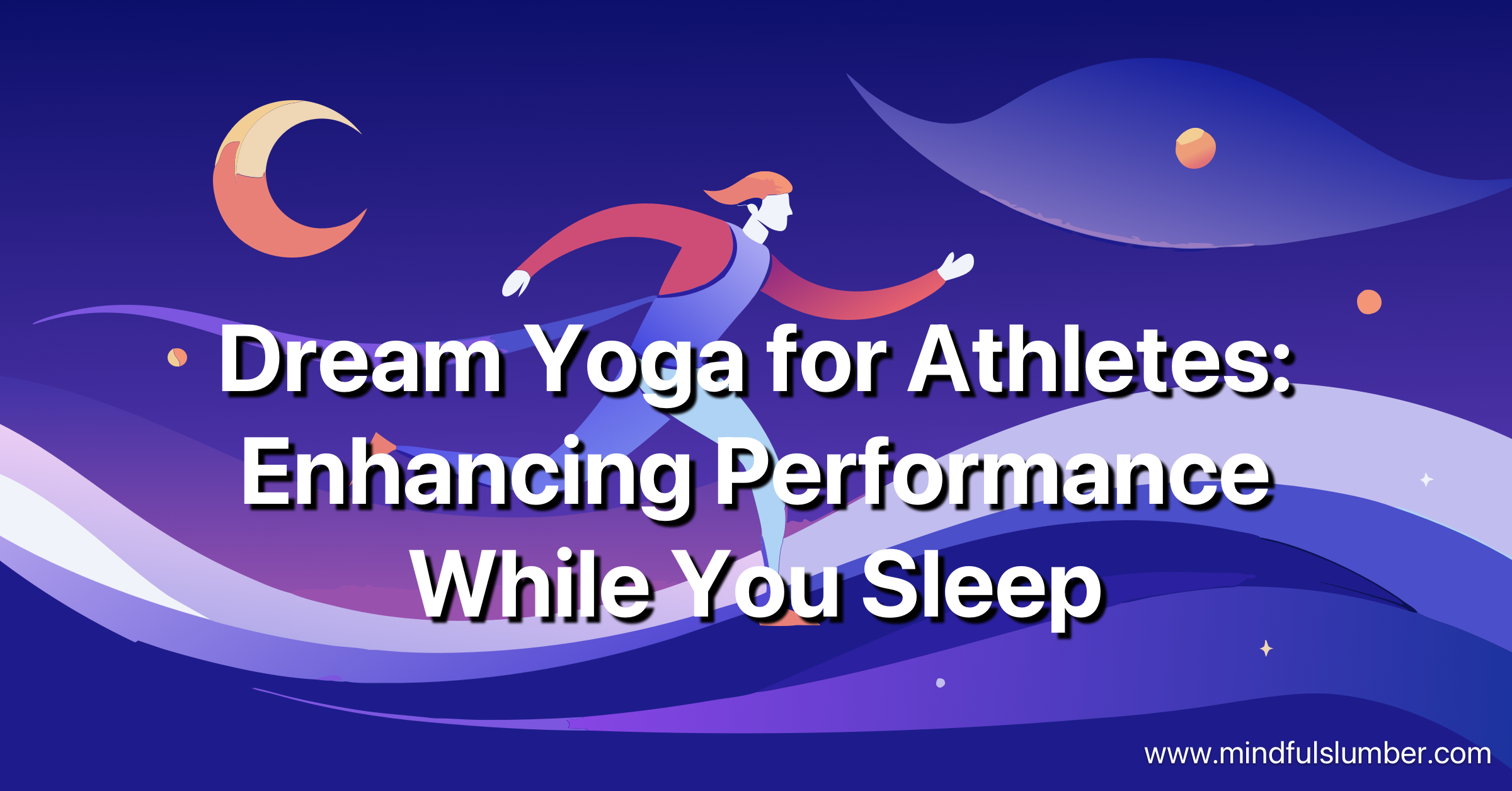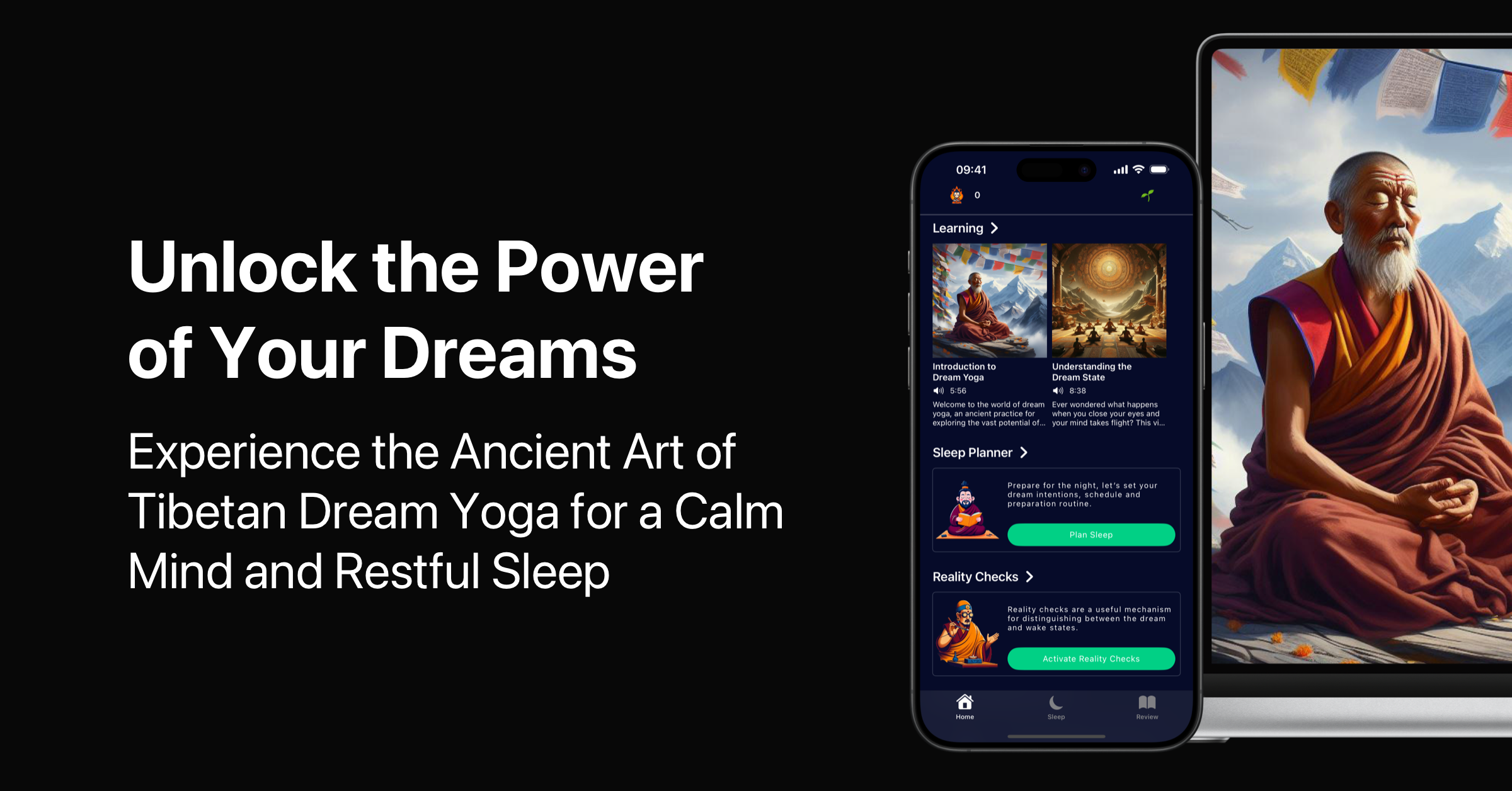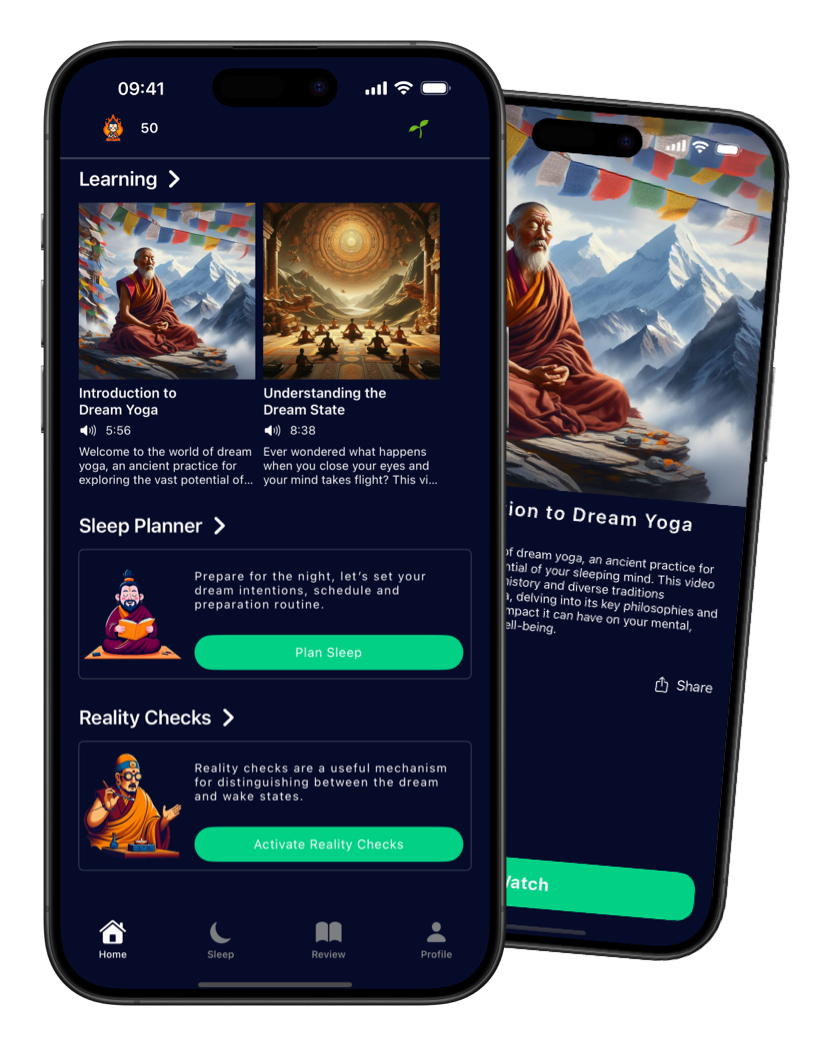Imagine waking up from a dream where you’ve just nailed that impossible tennis serve, perfected your balance on a snowboard, or effortlessly sprinted across a finish line, feeling as though you’ve actually done it. Now imagine that these dream experiences aren’t just fleeting fantasies, but actual training sessions—mental rehearsals that sharpen your skills, improve your reflexes, and prepare you for real-world athletic performance. This is the power of Dream Yoga, a form of conscious dreaming where athletes can train and enhance their abilities while they sleep.
What is Dream Yoga?
At its core, Dream Yoga is an ancient practice rooted in Tibetan Buddhism. Unlike traditional lucid dreaming, where individuals become aware they are dreaming and can manipulate the dream environment for leisure or personal exploration, dream yoga is more structured. It’s designed as a spiritual practice to cultivate awareness and gain control over one’s mind. But in recent years, it has gained attention for its potential beyond spiritual growth, offering significant benefits in fields like sports and performance.
Through dream yoga, athletes can harness the lucid dream state to engage in mental rehearsals, refine their physical techniques, and explore new ways of training without the limitations or risks of the physical world. This isn’t just theory. Emerging research and anecdotal evidence suggest that athletes can sharpen their reflexes, improve coordination, and even enhance creativity while dreaming.
The Science Behind Dream Yoga: How Mental Rehearsal Improves Performance
The idea of mental rehearsal isn’t new. Athletes and performers have long used visualization techniques to mentally practice their movements before competitions or events. Sports psychologists have shown that mentally rehearsing a physical activity can activate the same neural pathways as actual physical practice. In lucid dreams, where one has the ability to fully experience and control movements without physical restrictions, the practice becomes even more immersive and effective.
Mental Movements: Enhancing Sensory-Motor Learning
In sports, mental movements refer to rehearsing physical actions purely in the imagination. Studies have shown that athletes who mentally practice movements—whether they are watching themselves ski down a slope, visualizing a perfect golf swing, or rehearsing martial arts techniques—experience improved performance when they execute the same movements in real life. Dream yoga offers a unique advantage here: the mind can simulate the entire physical environment with rich sensory detail, allowing the dreamer to mentally “perform” actions in real time.
Anticipation is another key mental skill that athletes frequently practice. In lucid dreams, athletes can further develop this skill by planning their actions ahead of time and reacting to future scenarios. For example, a skier in a dream might anticipate upcoming slopes or turns, much like an experienced skier in real life stays several gates ahead in a slalom course. This kind of dream practice leads to lightning-fast reflexes and improved reaction times in the real world.
Lucid dreaming allows athletes to train with a level of anticipation and quick reaction time that mirrors Zen-like reflexes. In the dream world, they can simulate their next move while performing their current one, leading to a seamless flow of action in waking life.
Dream Yoga for Mastering Anticipation and Timing in Sports
Beyond refining physical movements, dream yoga also offers athletes a unique opportunity to master anticipation and timing. Sports often require athletes to plan several moves ahead, reacting not only to the present situation but also to what is likely to happen next. In lucid dreams, athletes can rehearse anticipation techniques, training their minds to predict and respond to future scenarios.
For example, martial artists often talk about “reading” an opponent’s movements and reacting with speed and precision. In a lucid dream, the dreamer can put themselves in the role of both the attacker and defender, anticipating the opponent’s next move with near-perfect timing. This mental rehearsal in the dream state can sharpen reflexes, improve reaction times, and lead to better overall performance in waking life.
In sports like tennis, gymnastics, or skiing, where precise timing is crucial, lucid dreaming allows athletes to slow down time, break down complex movements, and fine-tune their actions in a risk-free environment. This enhanced temporal control helps athletes develop an intuitive sense of timing, which can be crucial during real-time competitions.

Dream Yoga and Gestalt Theory: Reshaping the Phenomenal Field
Athletic mastery involves more than just perfecting isolated movements—it’s about organizing the entire phenomenal field. This refers to how athletes perceive, interact with, and move within their environment, including their connection with sports equipment, terrain, and even competitors or teammates. Gestalt theory, which focuses on the organization of perception, teaches us that the whole is greater than the sum of its parts. Dream yoga is an excellent tool for reshaping this phenomenal field to improve overall performance.
Uniting with Sports Equipment: Growing Together with the Phenomenal Field
In many sports, athletes develop a deep connection with their equipment. A skier, for instance, doesn’t just use their skis as a tool but feels as though the skis are an extension of their body. Similarly, a tennis player’s racket or a cyclist’s bike becomes a natural part of their sensory-motor system. In lucid dreams, this integration happens more fluidly, allowing athletes to experience this connection in a more profound way.
For example, one dream yoga practitioner reported learning to fly in a lucid dream by first flying with just their body. Later, they introduced a sailplane and developed such unity with it that they could feel the winds through the wings of the plane as though they were part of their body. This deep connection is not only useful for motor control but also enhances sensory feedback, helping athletes refine their techniques.
In lucid dreams, the boundary between body and equipment dissolves, allowing athletes to fully integrate their sports gear into their sensory-motor system. This unity enhances control, sensitivity, and precision.
— Based on Gestalt Theory of Sports Performance
Dream Yoga and Mutual Empathy: Connecting with Teammates, Opponents, and Animals
Lucid dreaming also offers a unique advantage for athletes involved in team sports or those who work with animals, such as equestrian athletes. In dream yoga, athletes can practice mutual empathy, which is the deep, intuitive understanding and connection with another being’s movements and intentions. For equestrians, for example, rider and horse must move as one in dressage competitions. In lucid dreams, athletes can simulate this unity, feeling what it’s like to move from the perspective of both themselves and their partners.
Sladko Solinski, an equestrian who practiced dream yoga, found that in his dreams, he could give over control to the horse, letting the animal take charge of the ride while he acted as a supportive presence. This “handing over” of control, practiced repeatedly in lucid dreams, strengthened his real-world relationship with his horse, leading to smoother and more coordinated rides.

Altering Time and Space in Dreams: The Key to Coordination and Balance
One of the most fascinating aspects of dream yoga is the ability to manipulate time and space. In the dream world, athletes can slow down their movements to analyze them in detail or speed them up to practice executing actions at high speeds. This altered perception of time helps athletes improve coordination, balance, and timing, especially in sports that require quick reflexes and fine motor control.
Slowing down time during a lucid dream allows athletes to break down complex sequences of movement, ensuring that each phase of the action is executed flawlessly. When applied to sports like gymnastics, figure skating, or martial arts, this can help athletes perfect fluidity and precision, leading to better real-world performance.
In lucid dreams, athletes can manipulate time, allowing them to slow down, speed up, or reverse actions. This mental training sharpens their coordination and balance in ways that traditional physical training cannot.
Overcoming Mental Barriers and Building Creative Freedom
Dream yoga is not just about perfecting technique—it’s also about breaking down mental barriers that limit performance. Many athletes are held back by fears of failure, injury, or judgment, which can lead to tension and poor decision-making during competitions. In the dream state, these fears don’t exist. Athletes are free to experiment, fail, and try again without consequences, creating a fertile ground for innovation and creativity.
By practicing in a dream state, athletes can dissolve the ego-centered mindset that often hinders their ability to adapt. The dream environment encourages a situation-centered outlook, where athletes can respond to challenges with flexibility and creativity rather than anxiety. This mental freedom translates directly into improved real-world performance, as athletes are better equipped to face unexpected challenges and perform with confidence.

The Future of Dream Yoga in Sports Training
The potential of dream yoga for athletes is vast and largely untapped. As more athletes and sports psychologists begin to explore the benefits of lucid dreaming and dream yoga, we can expect to see a growing body of research supporting its use as a performance-enhancing tool. Whether you’re a professional athlete seeking a mental edge or a casual enthusiast looking to improve your skills, dream yoga offers a unique and exciting way to train.
By tapping into the dream state, athletes can refine their movements, improve anticipation and timing, enhance coordination, and unlock creative potential—all while they sleep.
Dream Yoga offers athletes a powerful tool to transcend physical limitations and reach new heights in their performance. In the world of dreams, anything is possible.
Dream big, dream lucid, and let Dream Yoga take your athletic training to the next level.



